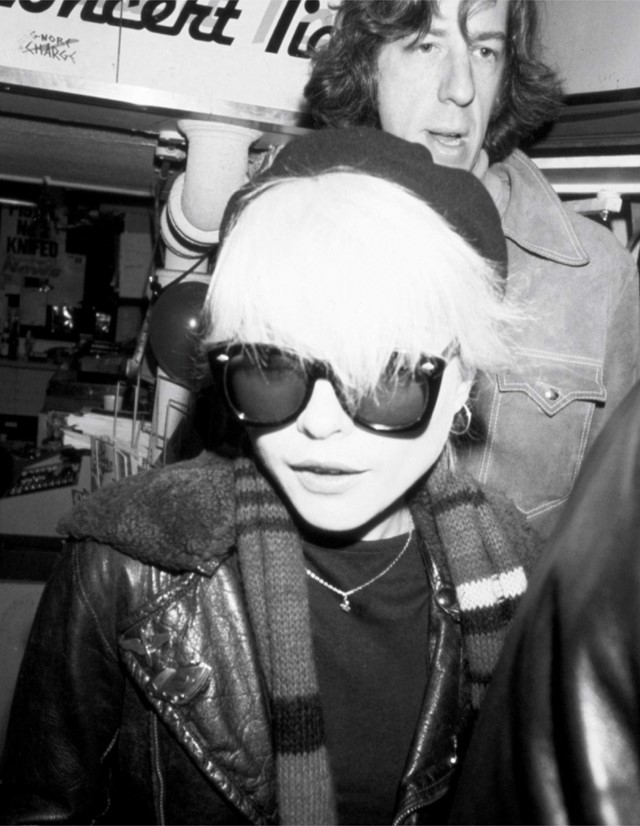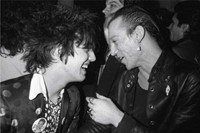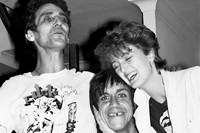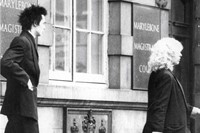Featuring photos of Debbie Harry, Iggy Pop, Siouxsie and The Banshees, the Sex Pistols and more, DB Burkeman’s new photo book Crash Bang is a vital document of subculture
With the tenderness of a familiar lens, and an addict’s access-all-areas invitation to the never-ending parties of underground subculture, photographer-turned-DJ DB Burkeman’s analogue images immortalise the faces and places of the club kids of the late 1970s and early 80s. Published by Brooklyn’s Blurring Books, Crash Bang: Pictures from a Punk brings together photographs of iconic subculture faces belonging to the likes of The Cramps, Sex Pistols, The Ramones, Debbie Harry, Iggy Pop, Siouxsie and The Banshees and many more, all shot between 1976 and 1982 in London, New York, and Los Angeles.
In later life, eventually sober from heroin, Burkeman emerged as a prominent figure in electronic music history, and is sometimes credited with bringing Jungle to New York – but this wasn’t the specific type of stardom he had always aspired to. As a teen, he dreamed of rock'n'roll fame, but stumbling on his admitted lack of talent and social anxiety, he found an alternative that would lead, eventually, all the way to this book. He writes, “I came up with the genius ideas of being a rockstar photographer. I could still feel important and literally hide behind a sexy camera. I dropped out of school. I was going to be the next David Bailey, Helmut Newton, or Irving Penn, or even better, a combination of all of them.”
Predictably, with rockstar affiliation came dangerous indulgence, and Burkeman soon found himself in a dark struggle with substance abuse. While he confesses that the distraction of drugs caused his many rolls of 35mm film to sit undeveloped for almost four decades in his late mother’s home, he also suggests they may never have existed without it. “During my year in New York, in 1979, I suspect that a lot of the incredible places I was given access to – parties, backstage areas, staying at the Chelsea Hotel, and the amazing people I met – Sid Vicious, Nico, Johnny Thunders, etc. all happened because of the drugs.” He adds, “It’s true to say there were brilliant moments, but within two years of that first blissed-out high, I became just another lying, cheating, stealing, dope-fiend.”
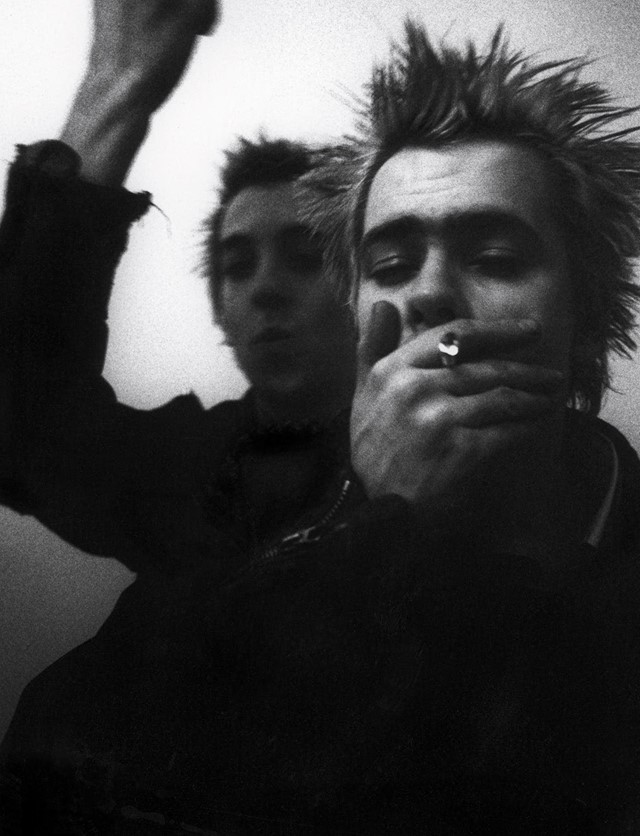
Burkeman’s photos evoke an in-the-moment energy that can be hard to spot in today’s eternally online social landscapes, where each moment could be captured from multiple angles with ease. His subjects pour their stylistic ambitions and lust for life into every shot, not knowing when the next chance to dance to the click and whirl of the camera might come. The electricity of musical performance is immortalised in photos of live shows, and in some shots, you can even identify the look of indecision as people attempt to decipher how they’d like to be perceived mid-shot.
The photographer describes Crash Bang as a time capsule of six short years, admitting that he gave up the “delusion” of being a successful photographer when he embarked on his journey of sobriety. While some might argue the two needn’t be tied to each other, he insists, “Without the dope, I was never going to have the self-confidence to be intimate enough with people to make it work.”
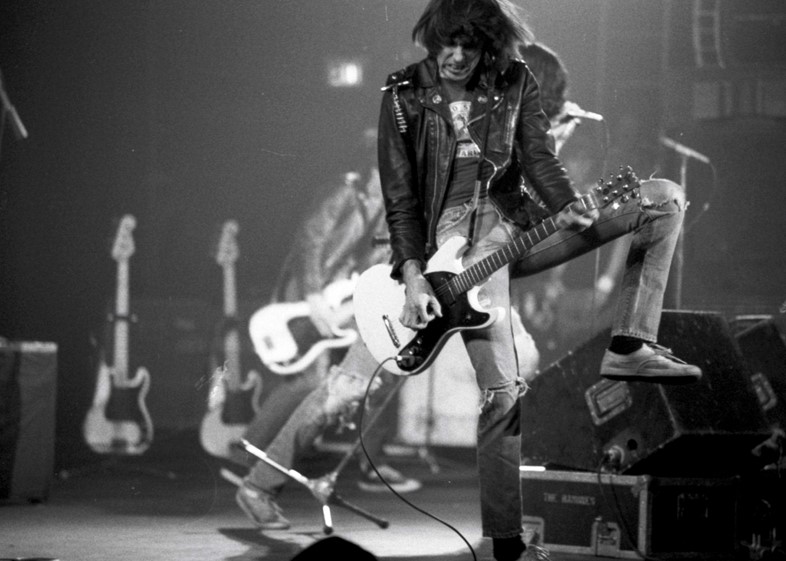
Following his mother’s death in 2016, Burkeman returned to London to clear out his old bedroom, where he discovered a long-forgotten bag of film of photographs that he hadn’t seen since shooting them 40 years prior. Encouraged by his wife, Wini, and facilitated by a successful crowdfunding campaign, these almost lost memories would go on to tell the stories of mutually misspent youths in Crash Bang: Pictures from a Punk.
Crash Bang: Pictures from a Punk by DB Burkeman is published by Blurring Books, and is out now.
